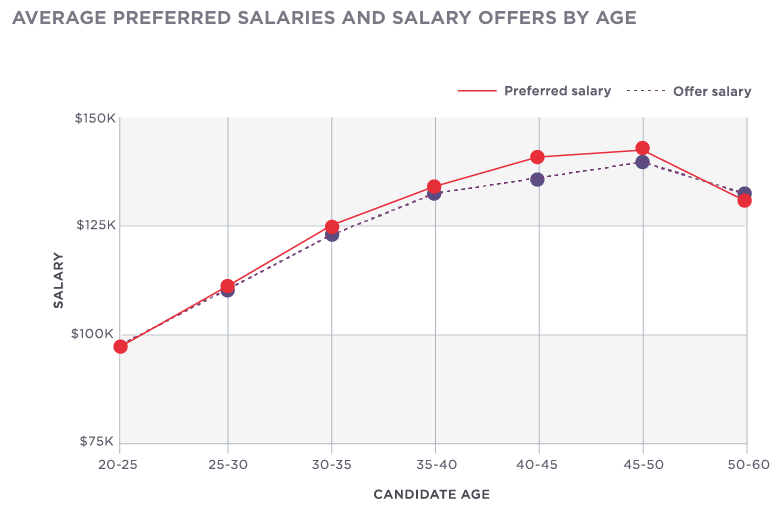This week on T3 I take a look at the recruiting technology Hire360. Hire360 is part CRM, part sourcing technology, it’s basically automated outbound recruiting made pretty easy. Hire360 is designed for your mid-level effort jobs. It’s easy to hire entry level to mid-level jobs. Once you hit your mid-level it starts getting tough, and this is where Hire360 takes over.
Hire360 is designed to be super easy to use. Simply cut and paste a job description or manually put in a list of skills you’re looking for and the system will automatically go out and source for that position from over 150 million resumes that are floating out in the internet in various databases, social profiles, etc. Also, Hire360 will pull in the resumes from your own ATS, and add those into the final search rankings, and any paid databases you belong to.
What Hire360 comes back with is a ranked list of candidates that are the closest fit for what you’re looking for, based on their initial algorithm, and one that will continue to evolve through machine learning as you hire to get even better and more dialed in. From here the system lets you easily click on those candidates you’re interested in and starts a full functioning email campaign to reach out to them, automated or manual. All email communication on both ends is tracked, and you get great metrics on your campaign.
What I like about Hire360:
– The system is designed for low volume mid to high-level positional hiring, but it’s simple enough that a hiring manager can easily manage the system. So, it makes a great option for SMBs who have their hiring managers do their own recruiting, or organizations with many locations where each location must do their own hiring. But, I also see this tech being used at any size organization.
– You pay by position ($250 max per position) to use the system, and you can make as many hires off that one position as you want. Let’s say you posted a job for Production Supervisor and you had three openings in the same plant, you only pay for one position. Also, even after you fill your position, the CRM functionality doesn’t stop working, so there is potential to still receive candidates after the fact as well.
– The simple CRM email tracking metrics are great for an organization to know where you are in the process of filling the position. The dashboard shows you outreaches, how many sent, opened, and replied. For this level of cost, you rarely see this level of detail.
– Hire360 is set up to source only 250 miles max from where your opening is located. Why? Because it’s rare you’ll ever pull in anyone beyond that, so why market and source nationally, when 99% of your hires will come regionally?
I’m impressed with the ease of use and the simplicity of this product. You don’t have to be in TA to use it effectively to find talent, and that is tough to design. I love that it seems to be perfectly made for organizations with multiple locations where a leader at each location is responsible to hire, not a centralized recruiting department. Also, the fact it helps you uncover hidden gold in your ATS is a super bonus I don’t think they even realize how valuable it is!
Well worth a test, you can’t beat the price. They are also building out an iCims integration, so if you use iCims, a test might be a necessity!
T3 – Talent Tech Tuesday – is a weekly series here at The Project to educate and inform everyone who stops by on a daily/weekly basis on some great recruiting and sourcing technologies that are on the market. None of the companies who I highlight are paying me for this promotion. There are so many really cool things going on in the tech space and I wanted to educate myself and share what I find. If you want to be on T3 – just send me a note – timsackett@comcast.net

